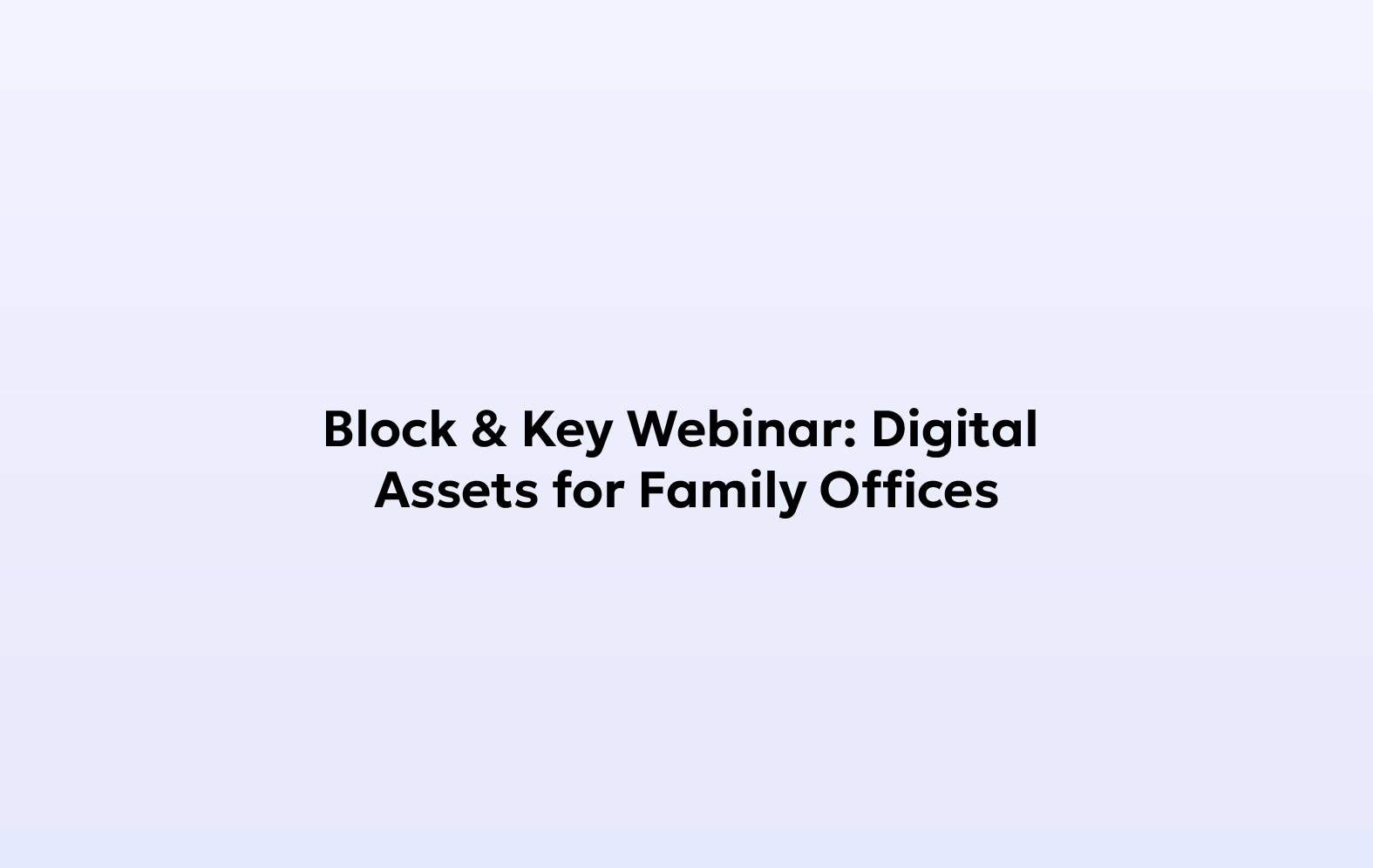Decentralization is emerging within multiple industries, all of which are heavily centralized by entities monopolizing them with the motive of ever-increasing profits. Sketchy, unethical practices are aimed at those utilizing centralized products and services despite their participation in bringing relevance and profits to said entities.
The centralization of basic infrastructure that many rely upon, like the world wide web, which facilitates many key aspects like communication and commerce, is forcing people to look for better alternatives. The decentralization of web protocols is very much needed as the entities reigning monopolies over the infrastructure are only growing larger, amassing more power and control. Their indulgence in practices like farming user data without their consent rakes in tremendous profits, which is unscrupulous and deceitful, to say the least. The current state of the web is such, and this version is called web2, referring to the sequence of its development.
Web2 — A Centralized Infrastructure
The present iteration of the web, referred to as web2, evolved from a mostly static framework that was accessed to consume content posted by the technically savvy. The potential of the web was obvious from its infancy stages, which is referred to as web1, but became more apparent in the mid-2000s when computing and network connections became accessible and affordable, leading to widespread adoption. Alongside this adoption by households and businesses, the concurrent development of web-based technologies like JavaScript and several others allowed for the making of highly vibrant and interactive web infrastructure. Interaction between and content generated by the masses was now possible on the web leading to the rise of new-age web-based companies that brought us social media, e-commerce, and streaming.
Web2’s Direful Consequence
Amazon, Google, and Meta (formerly Facebook) are some present-day mega corporations that found their provenance in web2 expansion. These tech giants, however, are under constant fire from regulators and users alike because of business practices that are ethically questionable at best. A common issue present with web2 companies is the farming of user data because of the massive profits it generates. While users agree to provide their data for better services like personalized search results, music curation, and weather updates — web2 companies are known to mine user data in large, centralized servers, which users didn’t consent to. The mined data is collected and segregated to profile every user based on their online behaviour. This data is then sold to advertising firms that target users with highly personalized advertisements.
The centralization associated with the present-day web is putting users off. While the services provided by web2 companies are revolutionizing several industries and are an integral part of people’s lives, the price borne by users in the form of their privacy is too much to pay. Moreover, they have no say in how these companies operate despite being the reason for their profits. The oppression of web users for massive profits has now taken precedence, leading users to call for fairer web infrastructure.
The alternative that they seek is materializing thanks to decentralized technologies like the blockchain. The developments led by these peer-to-peer networks are bringing protocols that are establishing a more desirable web for the masses known as web3 — owing to their great functionality and superior practices that respect user privacy, support democratic governance, and enable data monetization based on the will of the user.
Web3 — A Decentralized Future
The version of the web that is set to replace its current iteration is called web3 and consists of protocols that are paving the way for a decentralized infrastructure. Blockchain technology finds itself at the heart of the web3 movement thanks to networks like Ethereum, Tezos, and many more that are fertile grounds for dApp (decentralized application) development — applications that are taking on those operated by the tech giants of web2. Note that several non-blockchain peer-to-peer protocols like IPFS are also playing an integral part in pioneering web3 infrastructure.
Users Control Their Own Data
With decentralization as the fundamental principle, web3 solutions are removing the need for centralized intermediaries. The growing suite of web3 protocols is offering products and services that resemble those of their web2 counterparts and many others that are avant-garde. With the decentralized web growing bigger, the need for data harvesting in centralized depots will cease to exist, returning the power over data to the hands of the users, which isn’t an option with the current state of the web. Further, it opens avenues for users to do with their data as they please, like monetizing it for their own gain. Monetization is highly convenient with web3 protocols thanks to native currencies and payment systems that are a part of the infrastructure.
Web3’s Native Economy Will Reward Its User Base
Blockchain technology integrates cryptocurrencies with web3 infrastructure and helps bring a digital economy to the web, which allows users to transact directly with others, monetizes data and content, and motivates those involved in protocol upkeep. Native payment systems are an important aspect of a decentralized web as it rewards users and participants for their efforts and incentivizes behaviour that is in line with the common interest of everybody using the web.
Users Govern the Internet Ecosystems
The presence of native cryptocurrencies within web3 ecosystems also allows users to take part in the democratic governance of the protocols that they are invested in, as the growth of such protocols obviously brings them greater returns. Therefore, protocol users possessing a financial stake can become part of groups known as Decentralized Autonomous Organizations (DAOs for short). These organizations replace power centres like corporate boardrooms and offer decision-making privileges to users through processes like voting. Of course, as an outcome of their assets being on the line, users tend to collectively agree on the best course of action for protocol growth.
Web3 Is Accessible to All
With the elimination of power-hungry centralized structures that dictate the terms of use and entry over the web, web3 is a free and open infrastructure with no barriers to access. Anyone with an internet connection can utilize what web3 offers, which will help larger numbers of people around the world to make use of services that they could not earlier due to web2 centralization. Discriminatory practices are prevalent with web2 companies which deny users service because of factors like political affiliations, status, and nationality.
Obviously, web2 companies are aware of these factors because of the control they wield over user data, allowing them to be aware of the personal details of their users. User identities on web3 solutions remain pseudonymous, and tracking of user behaviour is highly improbable without the user’s consent. This breeds an ecosystem that allows the ingress of all in a permissionless manner.
Web3 Will Take Over Soon
With blockchain technology and other peer-to-peer solutions gaining traction, the digital world is changing rapidly. The central powers governing the web are rightfully feeling the threat posed by the protocols that are building the foundation of web3. Despite the vagueness of what constitutes its infrastructure, this third iteration of the web will grow to replace web2 and its dystopian practices.
Learn more about Liminal here.
Become #LiminalSecure today, and do not forget to follow our blog and social media channels to keep yourself updated.






